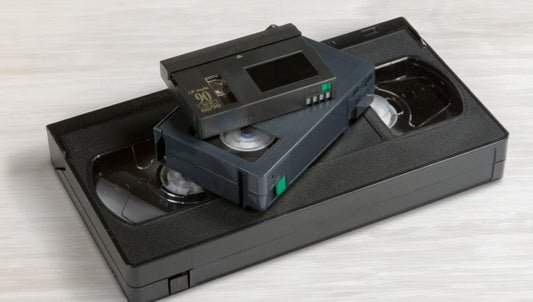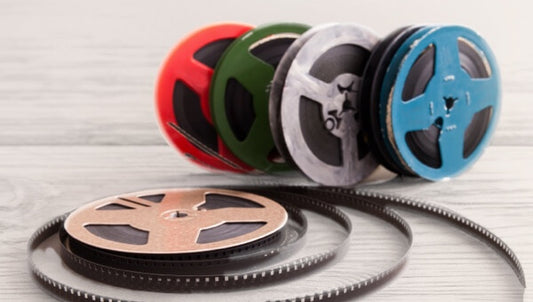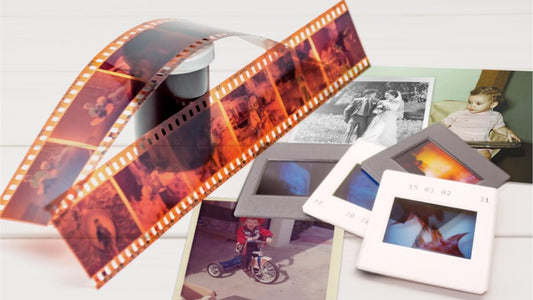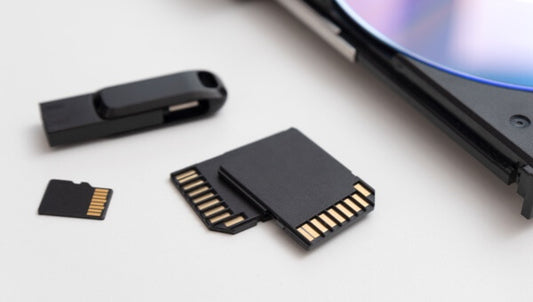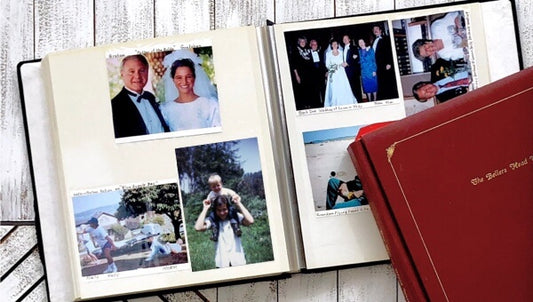Dust, fingerprints, or smudges on your old CDs? Cleaning them wrong can ruin the disc forever. It’s easy to mess up without the right method. Using the wrong cloth or cleaner often leads to scratches or playback problems. Learning how to properly clean CDs without damaging them helps preserve the sound, picture, or files. Proper care also extends the life of your discs and makes them easier to digitize later. Here’s how to clean CDs safely and effectively.
What You Should Know Before Cleaning Your CDs
Each CD stores data just below a thin plastic coating. If this layer gets scratched or damaged, it can block the laser from reading the information underneath. Common causes of damage include heat, bending, or using the wrong cleaners.
Whether it’s one of the best CDs of all time you love to play over and over, or a rare home recording filled with personal memories, cleaning them the wrong way can do permanent harm.
- Using paper towels or napkins (they leave micro-scratches)
- Wiping in circular motions (this damages the reading area)
- Applying too much pressure during cleaning
- Using alcohol, bleach, or glass cleaner
- Storing CDs in hot or humid places
- Leaving discs outside of cases
Also, household sprays may seem safe but often contain chemicals that break down the CD surface.

Step-By-Step: How to Clean a CD Safely
Cleaning a CD doesn’t require anything expensive. It just takes patience and the right approach.
Materials You’ll Need:
- Lint-free microfiber cloth
- Distilled water
- Mild dish soap (optional)
- Cotton swabs (for detail cleaning)
Before starting, wash hands to avoid adding more oils or dirt. All materials should be clean and free of debris.
Step 1 – Rinse Gently
Fill a small bowl with lukewarm distilled water. Add a tiny drop of dish soap if the CD is very dirty. Don’t pour the water directly on the disc. Instead, dip the cloth or swab into the mixture. Lightly dab the surface of the CD, especially if it's an old CD that’s been sitting in storage. Be careful not to wet the inner ring or printed label.
Step 2 – Wipe With Microfiber Cloth
Next, take a clean microfiber cloth and gently wipe the disc. Always move from the center hole outward in a straight line. Circular motions can scratch the laser-reading area.
Use only light pressure. Pressing too hard can deform the plastic. Even light surface damage can affect the quality of playback or make digital transfers more difficult.
Step 3 – Dry Carefully
Drying the disc is just as important. Gently pat the surface with a soft cloth. Do not rub. After blotting, let the CD air dry for a few minutes. Once it’s completely dry, it’s safe to place it back in a case. Storing a damp disc can lead to long-term issues like warping or mold.

What to Avoid When Cleaning CDs
Some products and habits can ruin a disc forever.
Never use window cleaner, alcohol, acetone, or other household chemicals. These liquids can dissolve the top layer of a CD. Even rubbing alcohol, often suggested online, is too harsh.
Avoid wiping with paper towels, napkins, or clothing. These materials may feel soft, but they leave behind fibers and micro-scratches. Also avoid applying heat—don’t use hot water or hairdryers, and don’t leave CDs in sunlight or a hot car.
How to Fix Light Scratches
One popular trick is the toothpaste method. It works by using a non-gel toothpaste to fill in scratches. However, this method is not always effective and may cause more damage. Use extreme caution and never use gritty pastes.
Commercial CD repair kits are a safer option. These are designed specifically to resurface and polish discs. Still, use them sparingly and follow the instructions exactly. If a CD is valuable or rare, the safest option is professional help. It’s often better to properly clean CDs without damaging them first, then decide if repair is worth the risk. Digitizing before any attempt to fix scratches helps avoid permanent data loss.
The Best Way to Preserve Your CDs Long-Term
To keep CDs in good condition, always store them in jewel cases or proper sleeves. Keep them away from heat, moisture, and direct light. Do not stack them loosely and avoid touching the readable surface.
Even with careful storage, CDs degrade over time. The best way to preserve the contents is to convert CDs to digital. This ensures that files remain accessible without risk of scratches or skips. Digital files can be shared, stored, and backed up in multiple places for extra protection.

Frequently Asked Questions About Cleaning CDs
- Can I clean a CD with water? Yes, distilled water is safe to use. Lightly dampen a microfiber cloth with lukewarm distilled water and wipe the CD in straight lines from the center outward. Avoid using tap water, which can leave mineral residue.
- Is it safe to use rubbing alcohol on CDs? No. Even though it’s often recommended online, rubbing alcohol can damage the CD’s protective layer. It’s safer to stick with distilled water and mild dish soap.
- How do I clean a CD without scratching it? Use a lint-free microfiber cloth. Wipe gently from the center hole outward in straight lines. Never use paper towels or wipe in circles—this causes scratches in the laser-reading area.
- Should I clean my CDs before digitizing them? Yes. Cleaning removes dust, smudges, and debris that could interfere with the laser during transfer. A clean CD improves the chance of a high-quality digital backup.
Properly Clean CDs and Preserve Your Favorite Home Recordings
CDs don’t last forever. Scratches, dirt, and wear can ruin the music or data inside. If you properly clean CDs without damaging them, you help protect those memories for the future. Proper cleaning is just the first step. For long-term protection, convert CDs to digital and keep your favorite albums, recordings, or files safe from damage. Transfer your CDs to digital format with Capture and protect your memories before they fade.






